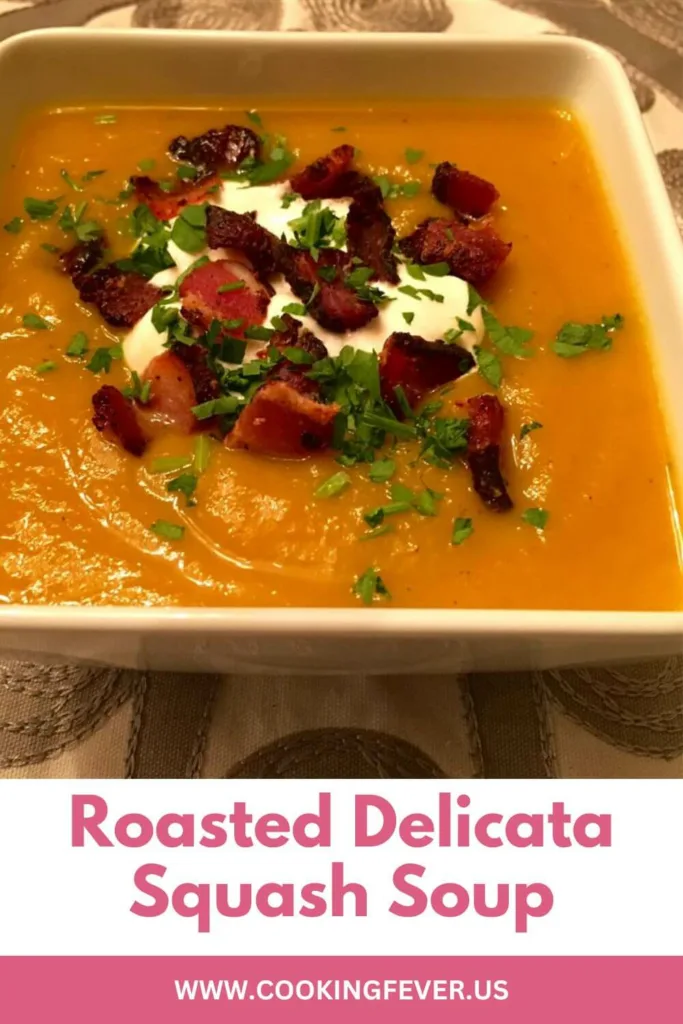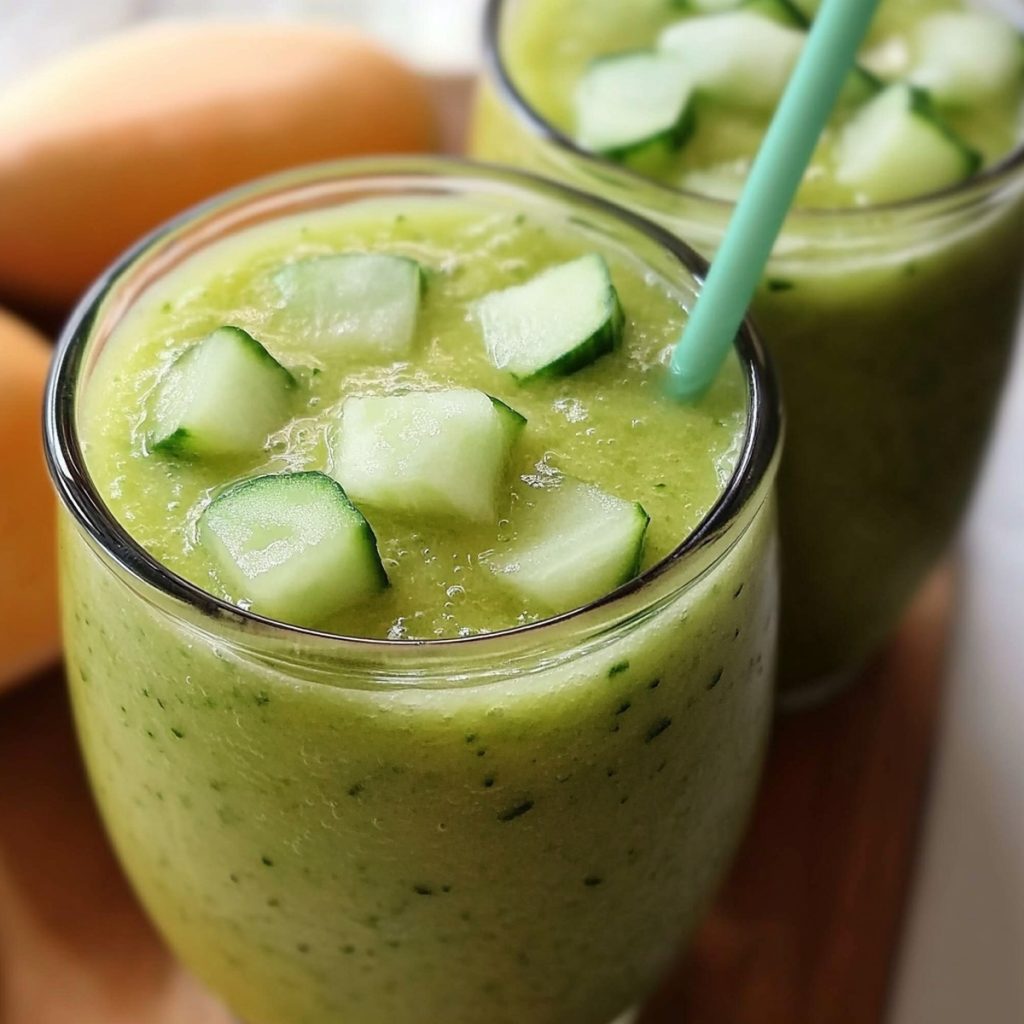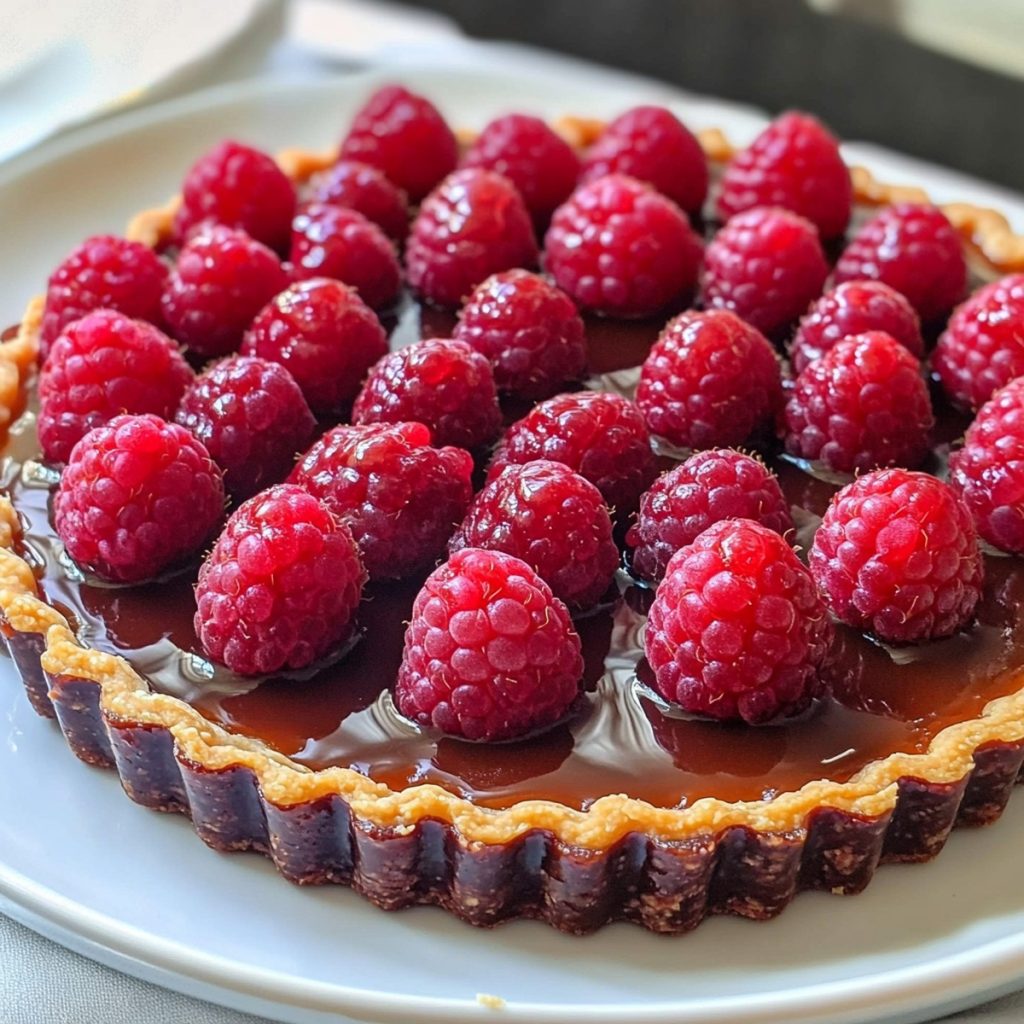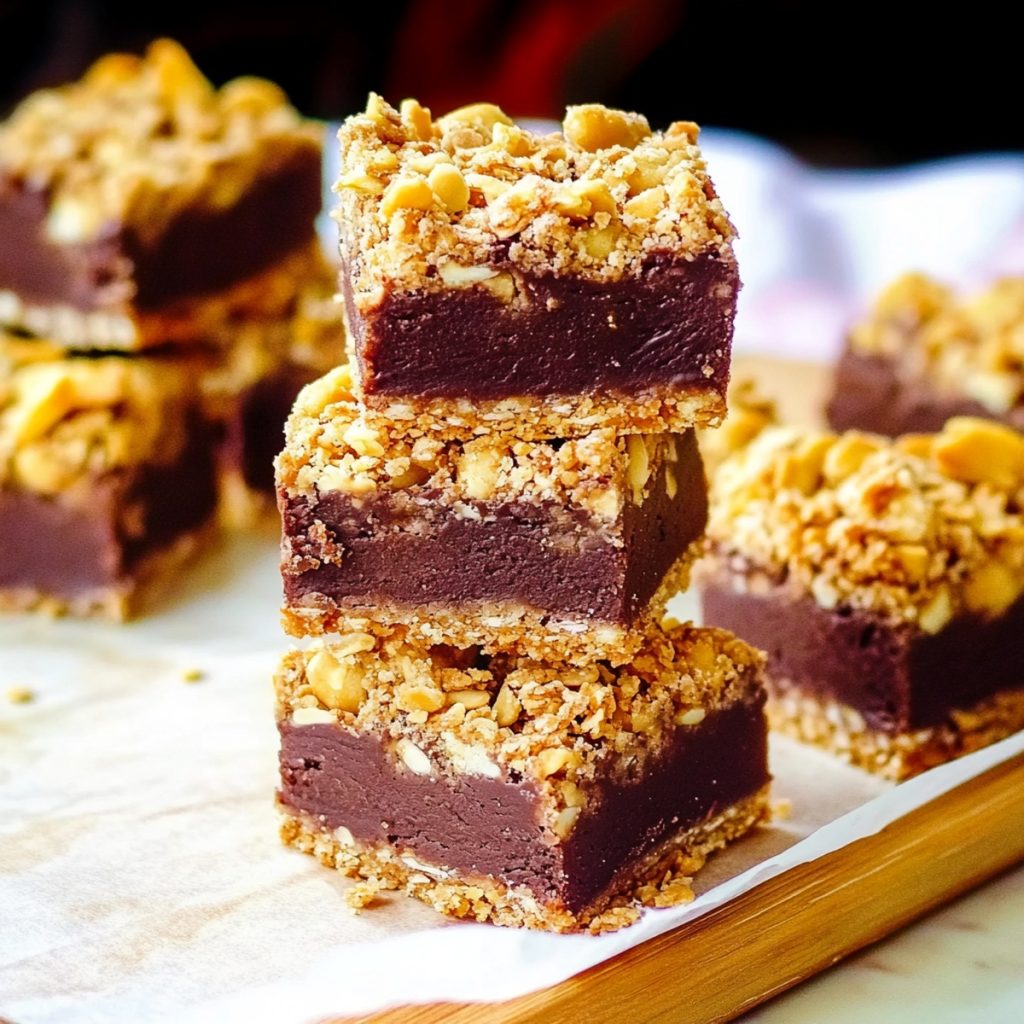Squash soup is as fall as colorful leaves, apple cider, pumpkins. And even though the leaves have been blown by the wind into disorganized piles around the yard, pumpkins replaced with holly greens and lights, squash still holds an honored spot in our local grocery stores. As long as these fruit-like vegetables stick around, I will turn them into soup… Bwahaha
Do you peel squash when roasting?
Click here to get printable version
The answer is not a straightforward one, as it largely depends on how you plan to consume the squash.
If you’re planning to roast the whole squash, then you may not need to peel it. In fact, many people find that the skin becomes easily digestible after roasting and adds a nice texture to the dish. Additionally, leaving the skin on can help the squash retain its shape and prevent it from becoming too mushy.
If you’re planning to cut the squash into smaller pieces or cubes before roasting, then it’s recommended that you peel it. The skin can be tough and difficult to chew, and it may not cook evenly with the rest of the squash. Peeling the squash will also allow any seasonings or marinades to better penetrate the flesh, resulting in a more flavorful dish.
Is there a difference between roasting and baking squash?
While these two methods may seem similar, there are some key differences between them that can affect the texture and flavor of the final dish.
Baking is typically done at a lower heat for a longer period of time, usually between 325°F and 375°F. This gentle cooking method is ideal for delicate foods that need to cook all the way through without becoming overcooked or burnt on the outside. When baking squash, the heat penetrates the flesh slowly, resulting in a tender and evenly cooked dish. However, the skin of the squash may become soft and less crispy compared to when it is roasted.
Roasting, on the other hand, is done at a higher heat, usually between 400°F and 425°F. This higher temperature allows the squash to cook quickly on the outside, resulting in a crispy exterior while the interior remains tender and moist. Roasting is great for larger pieces of squash, and it’s an ideal method for creating a caramelized and flavorful crust on the outside.
So, what’s the difference between baked butternut squash and roasted butternut squash? Baked squash is typically cooked at a lower temperature for a longer period of time, resulting in a tender and evenly cooked dish with a softer skin. Roasted squash, on the other hand, is cooked at a higher temperature for a shorter period of time, resulting in a crispy exterior and a caramelized, more flavorful interior.
What flavors go best with butternut squash?
One of the great things about butternut squash is that it pairs well with a wide range of flavors, both sweet and savory. Here are some of the best flavors that go well with butternut squash:
When it comes to herbs and spices, cinnamon, nutmeg, cloves, cardamom, rosemary, sage, thyme, and bay leaf all complement the sweet and nutty flavor of butternut squash. These spices add warmth and depth to butternut squash dishes, whether they are roasted, pureed, or baked.
In terms of sweetness, brown sugar, maple syrup, and honey are all excellent choices for enhancing the natural sweetness of butternut squash. These sweeteners pair particularly well with roasted butternut squash, where the sugars can caramelize and create a deliciously sweet and savory glaze.
When it comes to savory flavors, there are many options to choose from. Bacon, chicken, beef, ham, turkey, and sausage all pair well with butternut squash, adding protein and depth of flavor. Nuts, such as pecans, walnuts, and almonds, can also add a nice crunch and nuttiness to butternut squash dishes. And butternut squash can be added to pasta, rice, and egg dishes to create a hearty and satisfying meal.

Roasted Delicata Squash Soup
Ingredients
- 3 to 4 pounds squash peeled and seeded (I use Delicata, but if you can’t find that, Butternut works too)
- 2 yellow onions
- 2 McIntosh apples peeled and cored
- 3 tablespoons good olive oil
- Kosher salt and freshly ground black pepper
- 2 to 4 cups chicken stock preferably homemade
- 1/2 teaspoon good curry powder
- Scallions white and green parts, trimmed and sliced diagonally (sprinkled on top)
Instructions
- Preheat the oven to 425 degrees F. Cut the butternut squash, onions and apples in 1-inch cubes. Place them on a sheet pan and toss with the olive oil, 1 teaspoon salt and 1/2 teaspoon pepper. Divide the squash mixture between 2 sheet pans and spread it in a single layer.
- Roast for 35 to 45 minutes, until very tender.
- Meanwhile, heat the chicken stock to a simmer. When the vegetables are done, put them through a food mill fitted with the medium blade. (Alternatively, you can place the roasted vegetables in batches in a food processor fitted with the steel blade. Add some of the chicken stock and coarsely puree.)
- When all of the vegetables are processed, place them in a large pot and add enough chicken stock to make a thick soup. Add the curry powder, 1 teaspoon salt and 1/2 teaspoon pepper.
- Taste for seasonings to be sure there’s enough salt and pepper to bring out the curry flavor.





